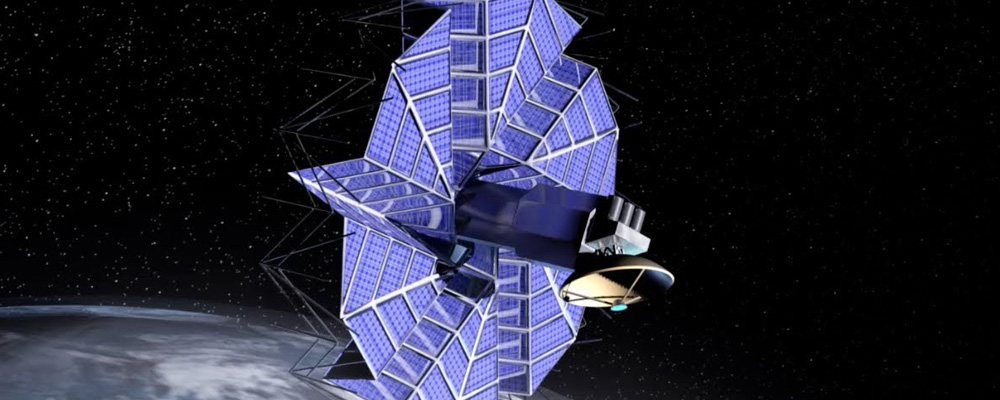Multi-junction solar cells are the most expensive, and highest performing solar cell design available today.
To understand why multi-junction solar cells are so efficient, we need to first provide a bit of background information.
From our article on how solar cells work, we know that we need an ideal band gap to optimize the power output of a solar cell. We need a high band gap to get a high voltage, but a low band gap to get a high current. Since power is voltage x current, one can optimize the band gap to generate maximum power.
If we do the math, it turns out that an 1.34 eV band gap is ideal – but even this optimized band gap only allows us to capture 33.7% of the energy (Shockley-Queisser limit).
Since the 33.7% efficiency limit is for a single solar cell, we can stack multiple solar cells on top of each other to capture more of the sun’s energy. This is what we call a “multi-junction” solar cell.
The image below shows a solar module with three solar cell layers. Each layer has a different band gap to capture sunlight with different levels of energy.

Multi-junction Solar Cell / Image Credit: http://large.stanford.edu/courses/2010/ph240/weisse2
As can be seen from the diagram above, you want the solar cell layer with the highest band gap to be on top. This way, the first layer will capture the highest energy sunlight while letting the lower energy portion pass through. If the solar cell layer with the lowest band gap is on top, then a lot of waste heat will be generated.
As shown in the graph below, multi-junction solar cells have been able to achieve the highest efficiency of any design.
Multi-junction solar cells are great for applications where cost is not important, but a premium is put on performance and light weight. One example of such an application would be powering orbital satellites.
Overall, these types of solar cells are not catching on in commercial applications due to the high cost. If you want to use these types of cells for terrestrial applications, you will likely need to use solar concentrators to improve the economics by increasing power production. However, solar concentration only makes sense in sunny places as you need direct (not diffuse) sunlight.

